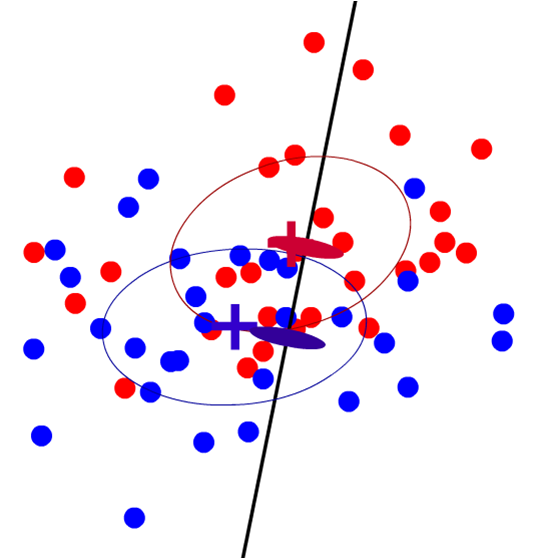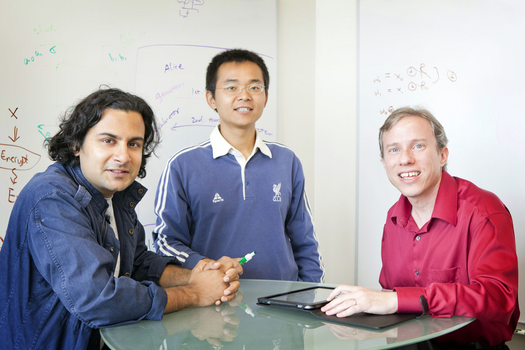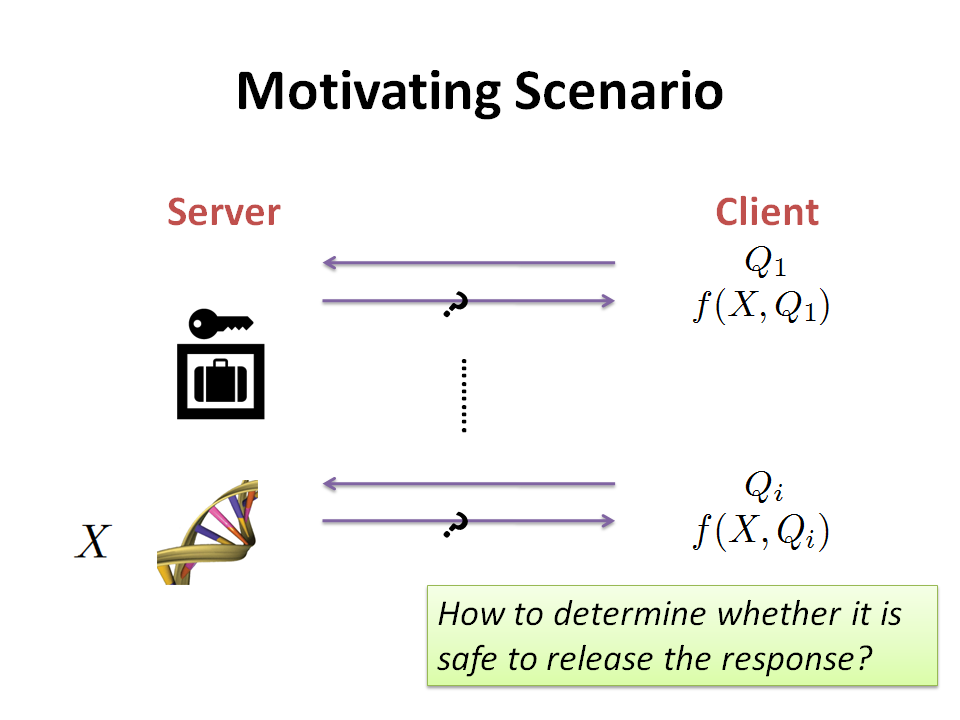NYU-Poly AT&T Applied Security Paper Finalist
Thursday, October 27th, 2011Yan Huang has been selected as a finalist for the NYU-Poly AT&T Best Applied Security Paper Award for the paper, Faster Secure Two-Party Computation Using Garbled Circuits (USENIX Security 2011, co-authored with David Evans, Jonathan Katz, and Lior Malka). The award recognizes the best paper on applied security in any venue between September 1, 2010 and August 31, 2011.
The award will be announced at a ceremony as part of the CSAW Cybersecurity Competition in New York on 11 November.




